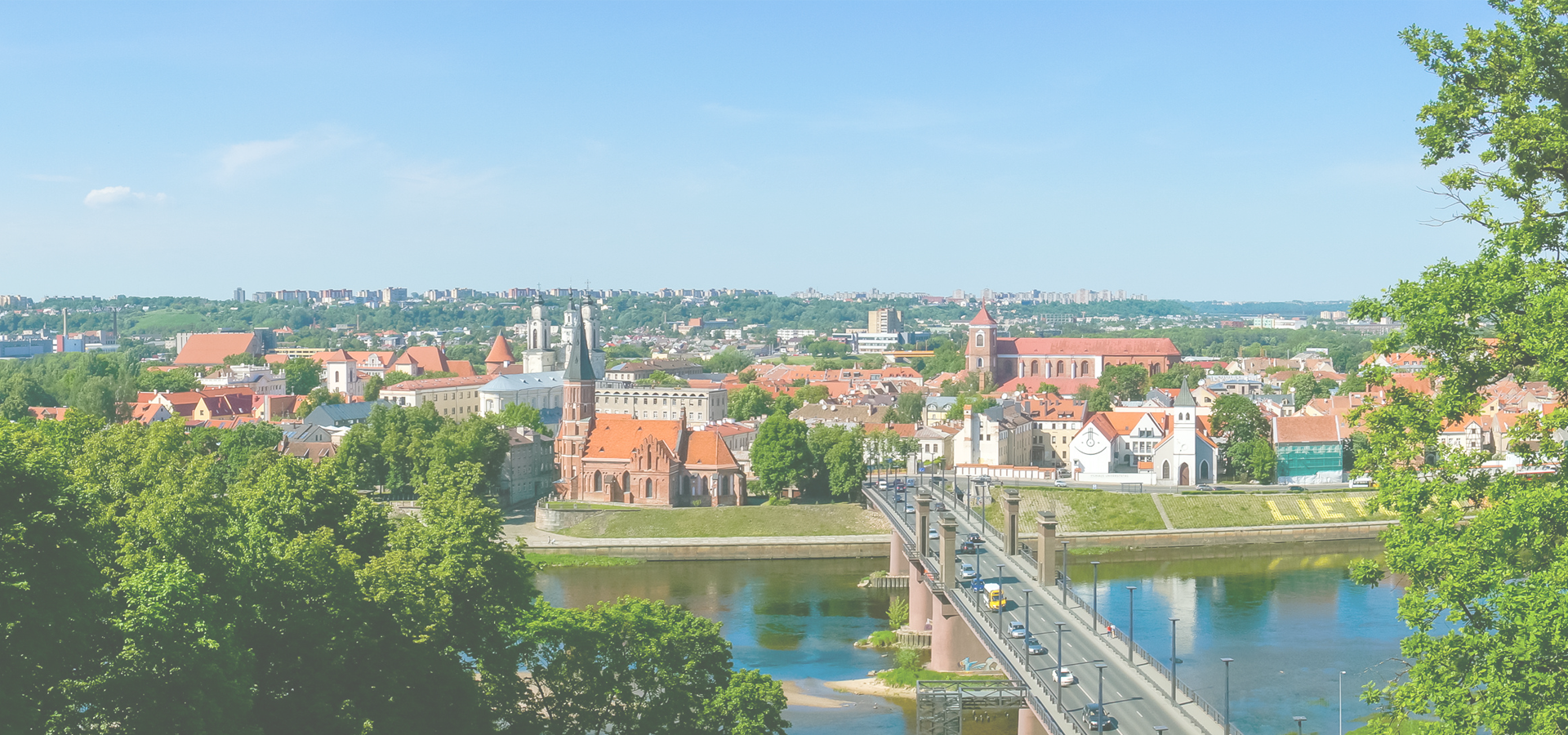Kėdainiai, Kaunas County, Lithuania
🇱🇹 Kėdainia is one of the oldest cities in Lithuania. It is located 51 km (32 mi) north of Kaunas on the banks of the Nevėžis River. It was first mentioned in the 1372 Livonian Chronicle of Hermann de Wartberge. Its old town dates to the 17th century.
The city is the administrative centre of the Kėdainiai District Municipality. The geographical centre of the Lithuanian Republic is in the nearby village of Ruoščiai, located in the eldership of Dotnuva.
History The area was the site of several battles during "The Deluge", the 17th century war between the Polish–Lithuanian Commonwealth and Sweden. In 1655 a short-lived treaty with Sweden, the Union of Kėdainiai, was signed by two members of Radziwiłł family in their Kėdainiai castle. While little remains of the Radziwiłł castle, the crypt of the Calvinist church (1631) houses the family mausoleum, including the tombs of Krzysztof Radziwiłł and his son Janusz.
Scottish Protestants arrived in the late 16th and 17th centuries, encouraged by the conversion of Anna Radziwill; the community exerted considerable influence in the city and persisted until the mid-19th century. The grouping of the buildings around the town square still include the imposing homes of merchants known as the "Scottish Houses". These include; the George Anderson House, the John Arnot House, the George Bennet House, the James Gray House, the Steel Property, and the surviving basement of the Alexander Gordon house.
A local custom called on all visitors to bring a stone to be used in the town's construction.
Independent Lithuania Following years of stagnation, old enterprises have come back to life, and new ones have been established, contributing to its status as an economic stronghold.
Transportation Kėdainiai is accessed by Via Baltica highway from Kaunas and Panevėžys, and by rail from Vilnius, Klaipėda and Šiauliai. It is also served by Kaunas International Airport, the second largest airport in Lithuania, located in Karmėlava site.
Cultural activities The Kėdainiai Regional Museum, established in 1922, now operates four branches: a Multicultural Centre, the Mausoleum of the Dukes Radziwill, the House of Juozas Paukštelis, and the Museum of Wooden Sculptures of V.Ulevičius.
Since the city is known as the cucumber capital of Lithuania, it sponsors an annual cucumber festival.
In 2013, the band Bastille shot a music video for their single "Things We Lost in the Fire" in the location.
A small Polish minority of 329 (0,61%) people live in Kėdainiai district municipality, but only 30 people participate in Stowarzyszenie Polaków Kiejdan (The Kėdainiai Polish Association), the elder people; their cultural activities involve public celebrations of Polish Day of Independence and Day of the Constitution of Third of May, as well as organizing a festival of Polish culture. Since 1994 a School of Polish Language exists.
Europe/Vilnius/Kaunas

Kėdainiai has a population of over 23,667 people. Kėdainiai also forms the centre of the wider Kėdainiai District which has a population of over 47,872 people. It is also a part of the larger Kaunas County.
Twin Towns, Sister Cities Kėdainiai has links with:
🇵🇱 Brodnica, Poland 🇷🇴 Fălticeni, Romania 🇪🇪 Kohtla-Järve, Estonia 🇺🇦 Melitopol, Ukraine 🇷🇺 Rostov, Russia 🇩🇪 Sömmerda, Germany 🇸🇪 Svalöv, Sweden 🇬🇪 Telavi, Georgia 🇧🇾 Vawkavysk, Belarus 🇷🇺 Zelenogradsk, Russia 🇵🇱 Łobez, Poland